
Want a garden that thrives without harsh chemicals? Start with organic practices!
Healthy soil is like a magic blanket for plants, helping them grow strong. Use natural ways like compost and friendly bugs to keep your garden happy.
Discover simple tips to make your garden eco-friendly. Plant native flowers and veggies to help local wildlife.
Rotate crops and mix plants that love each other to boost growth. Let’s explore easy steps to grow a greener, brighter garden together!
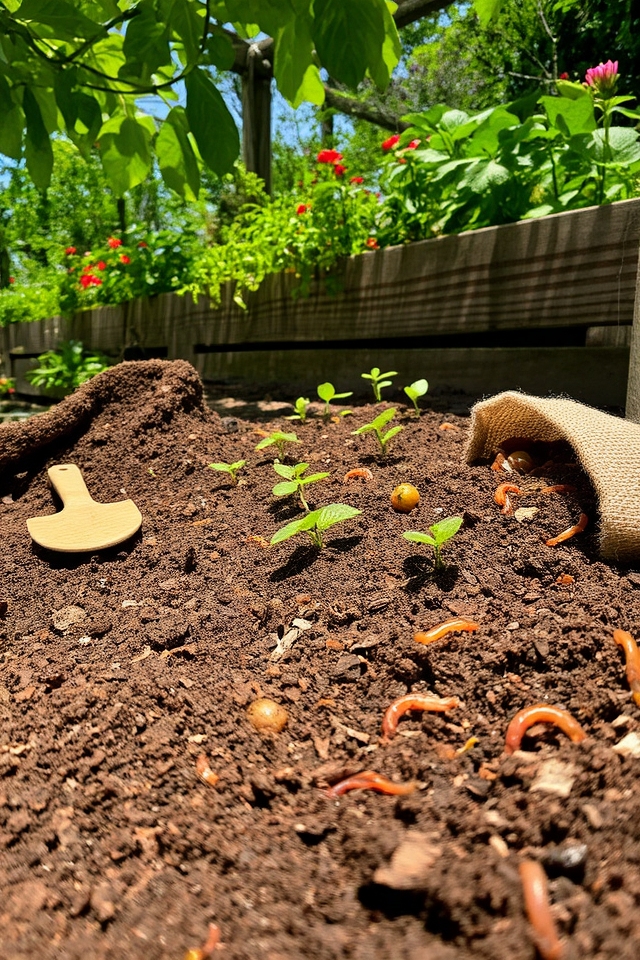
Starting with healthy soil is essential for successful organic gardening. Healthy soil is rich in organic matter and beneficial microorganisms, promoting robust plant growth and resilience against pests and diseases. To achieve this, incorporate compost, well-rotted manure, and cover crops to enhance soil fertility and structure. Regularly testing your soil also helps determine nutrient levels and pH, allowing you to make informed amendments. Investing time in building healthy soil sets the foundation for a thriving organic garden.
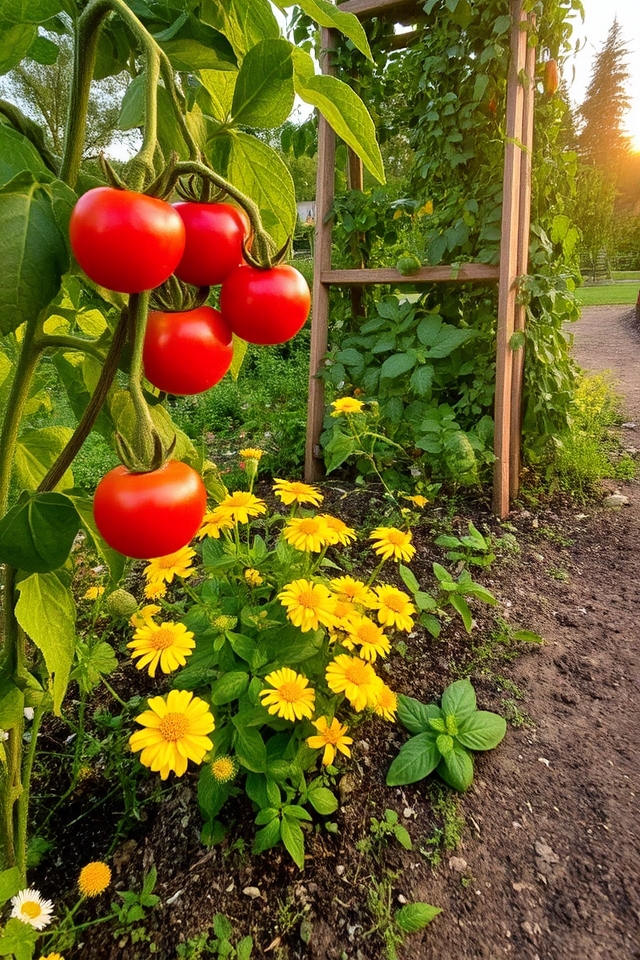
Companion planting is an organic gardening technique that involves strategically placing different plants together to enhance growth, repel pests, and improve overall garden health. For example, planting marigolds alongside tomatoes can deter nematodes, while basil planted near peppers can enhance flavor and growth. This method not only maximizes space but also promotes biodiversity, creating a more resilient garden ecosystem. By understanding which plants thrive together, gardeners can naturally enhance productivity and reduce the need for chemical interventions.
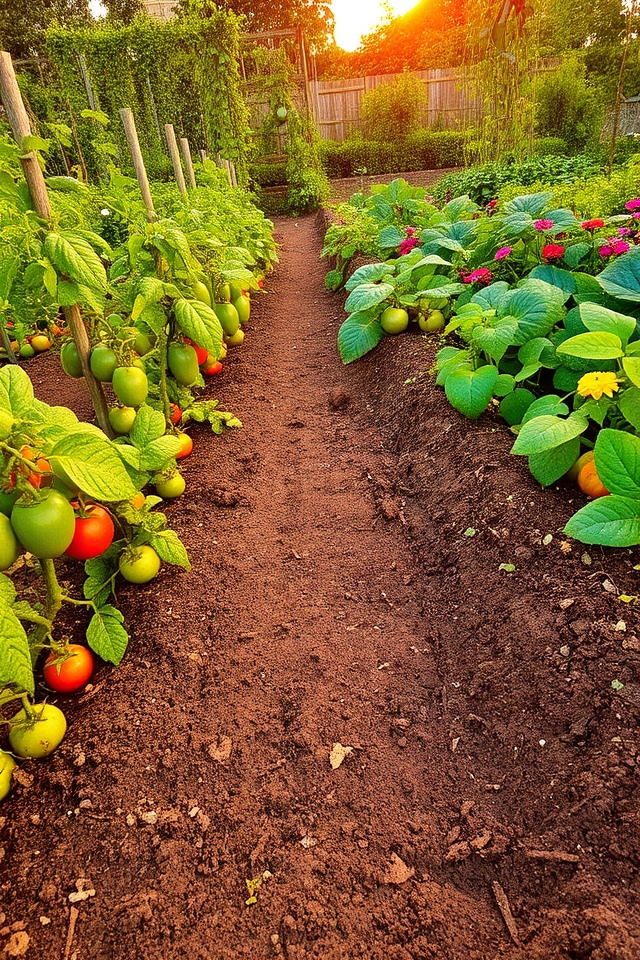
Implementing crop rotation is an essential practice in organic gardening that enhances soil health and prevents pest and disease buildup. By alternating the types of crops grown in a specific area each season, you can improve nutrient availability and reduce the likelihood of pathogens thriving in the soil. For instance, following heavy feeders like tomatoes with legumes can naturally replenish nitrogen levels. This sustainable technique not only maintains soil fertility but also promotes a diverse ecosystem within your garden.
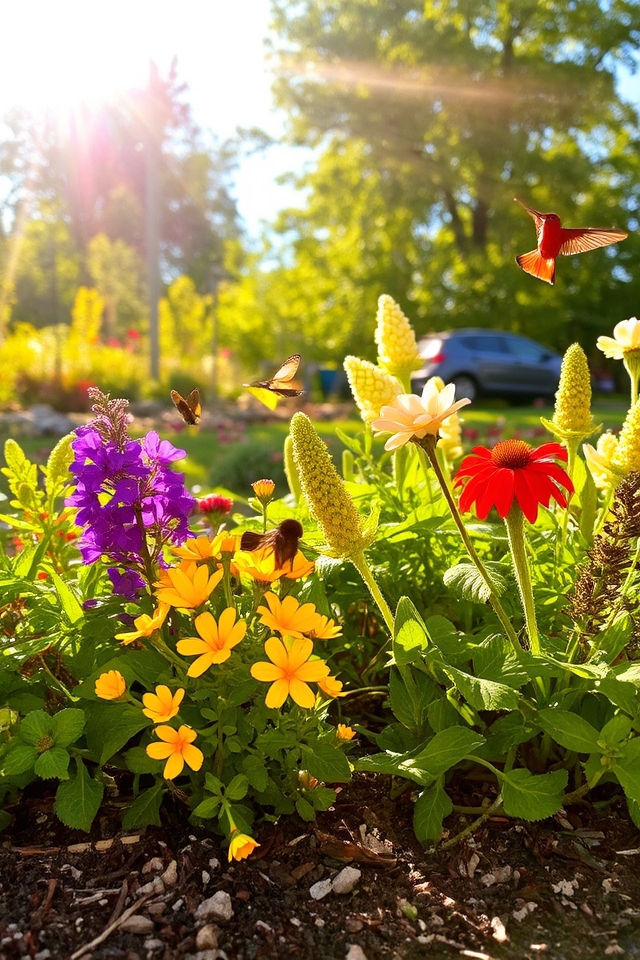
Choosing native plants for your organic garden can greatly enhance local biodiversity and ecosystem health. Native plants are naturally adapted to the local climate, soil, and pests, making them less resource-intensive and easier to maintain. They provide essential habitats and food sources for native wildlife, such as bees, butterflies, and birds. By incorporating these plants, you not only support your local environment but also create a vibrant, resilient garden that thrives with minimal intervention.
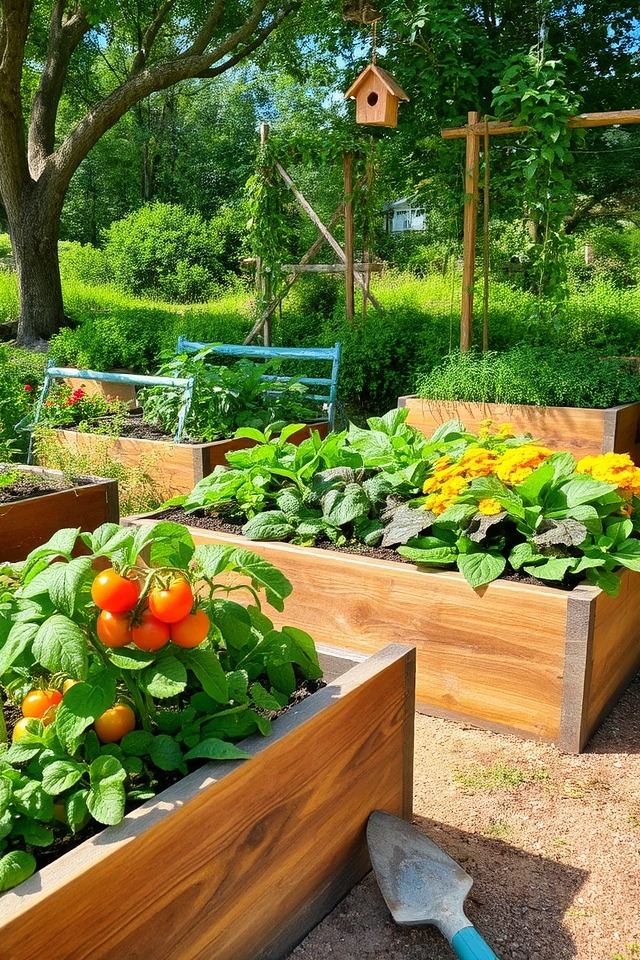
Incorporating raised garden beds into your organic gardening setup offers numerous benefits. These elevated structures improve drainage, increase soil warmth, and provide better access for planting and maintenance. They also create defined spaces, making it easier to control weeds and pests. Using organic soil mixes in raised beds enhances nutrient availability, promoting healthier plant growth. Additionally, raised beds can be tailored to various heights, accommodating different gardening needs and making gardening more accessible for individuals of all ages.
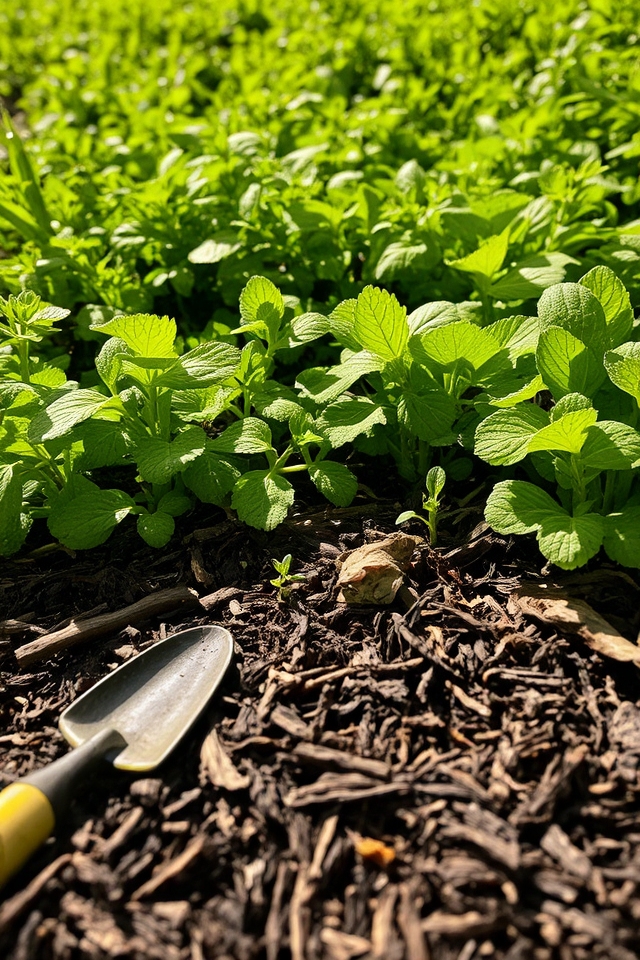
Using organic mulch in your garden offers numerous benefits for your plants and the environment. Organic mulch, such as straw, wood chips, or shredded leaves, helps retain soil moisture, regulate temperature, and suppress weeds. As it decomposes, it enriches the soil with nutrients, promoting healthy plant growth. Additionally, organic mulch attracts beneficial organisms like earthworms, which aerate the soil and enhance its structure. Incorporating organic mulch is a sustainable practice that supports a thriving garden ecosystem.
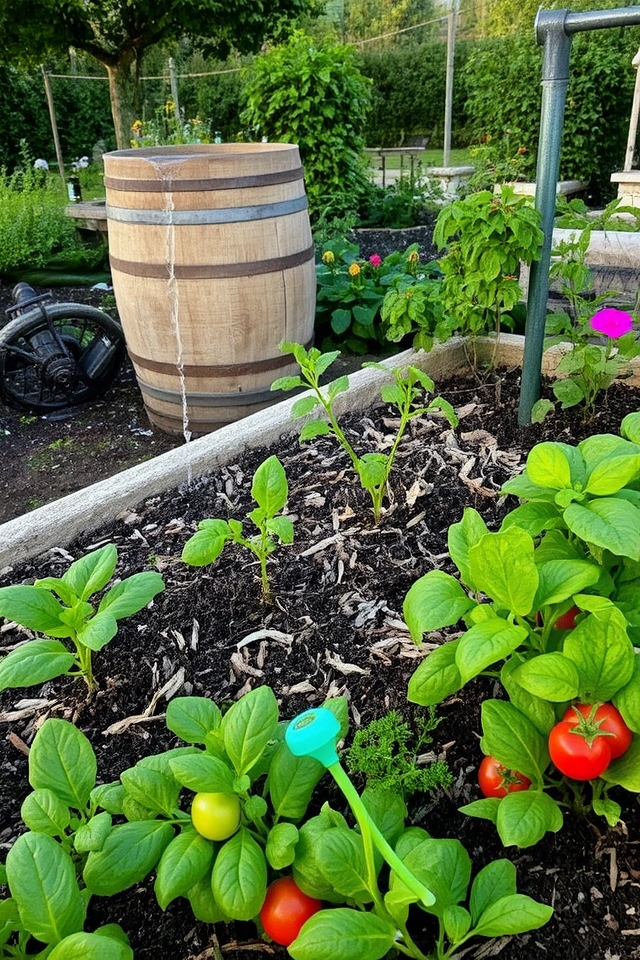
Practicing water conservation is essential in organic gardening, as it promotes sustainability and helps protect valuable water resources. Implement techniques such as drip irrigation, which delivers water directly to the plant roots, reducing evaporation and runoff. Collect rainwater in barrels for irrigation, and use mulch to retain moisture in the soil. Additionally, consider planting drought-resistant or native plants that require less water, thereby creating a thriving garden while minimizing your water footprint.

Attracting beneficial insects is an essential aspect of organic gardening that promotes a healthy ecosystem. By planting flowers like marigolds, sunflowers, and dill, gardeners can draw in pollinators and natural predators such as ladybugs and lacewings. These insects help control harmful pests and enhance pollination, leading to increased crop yields. Additionally, creating a habitat with diverse plants and avoiding pesticides will encourage a thriving population of these helpful allies in your garden.
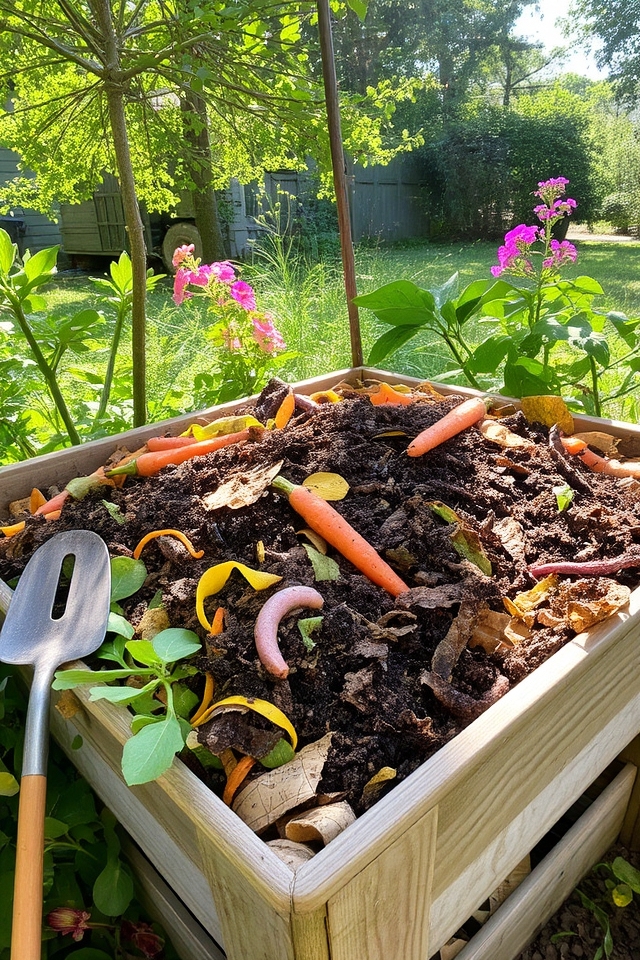
Implementing a composting system is a sustainable way to recycle kitchen scraps and yard waste into nutrient-rich soil. Start by selecting a compost bin or creating a designated pile in a shady corner of your garden. Fill it with a mix of green materials (fruit and vegetable scraps, coffee grounds) and brown materials (dry leaves, cardboard). Turn it regularly for aeration, and in a few months, you’ll have a rich compost to boost your garden’s health and productivity.
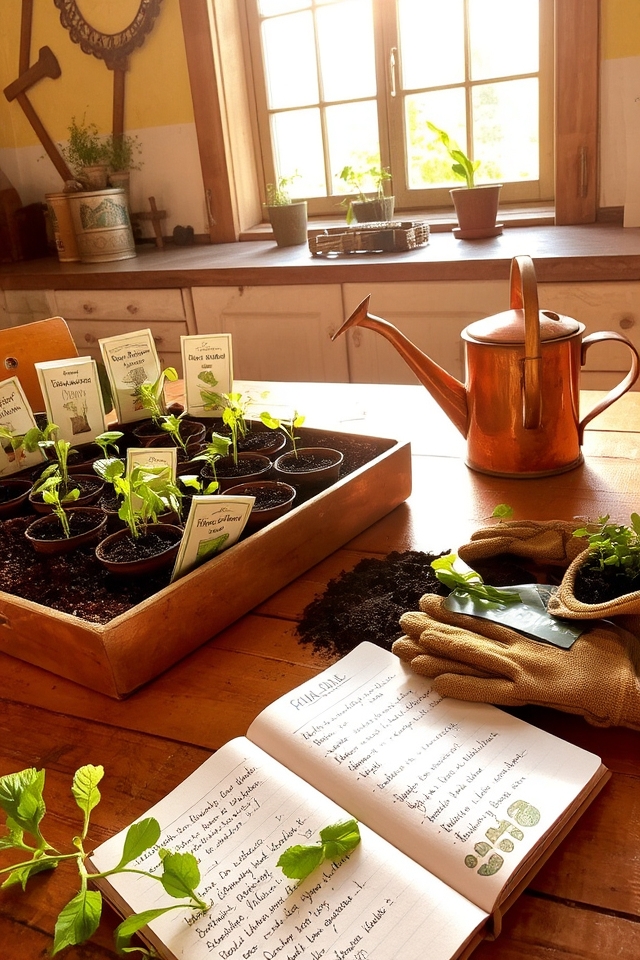
Growing from seeds is an engaging and rewarding method for fostering your organic garden. Starting plants from seeds allows you to choose from a wider variety of flora and gives you control over the entire growth process. Begin by selecting high-quality organic seeds and planting them in rich, nutrient-dense soil. Maintain appropriate moisture and sunlight levels, and watch as your seedlings sprout, revealing the fruitful potential of your organic gardening efforts.
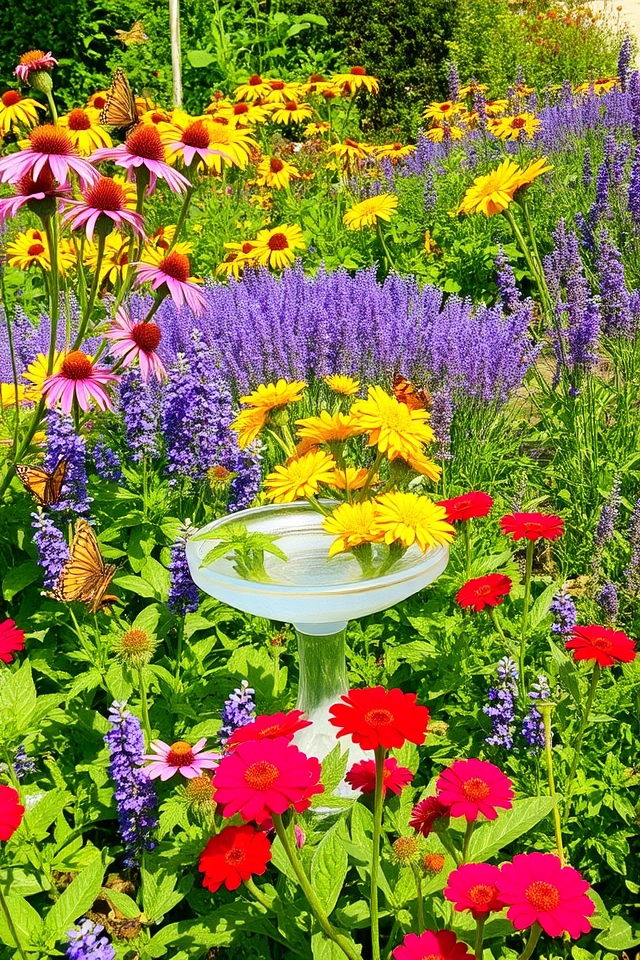
Creating a pollinator garden is a fantastic way to support local wildlife while enhancing your own gardening experience. These vibrant gardens focus on planting native flowers, herbs, and shrubs that attract bees, butterflies, and other pollinators. Choose a variety of blooming plants that flower at different times throughout the year to provide a continuous food source. Incorporate water sources and avoid pesticides to create a healthy ecosystem that benefits both your garden and the surrounding environment.
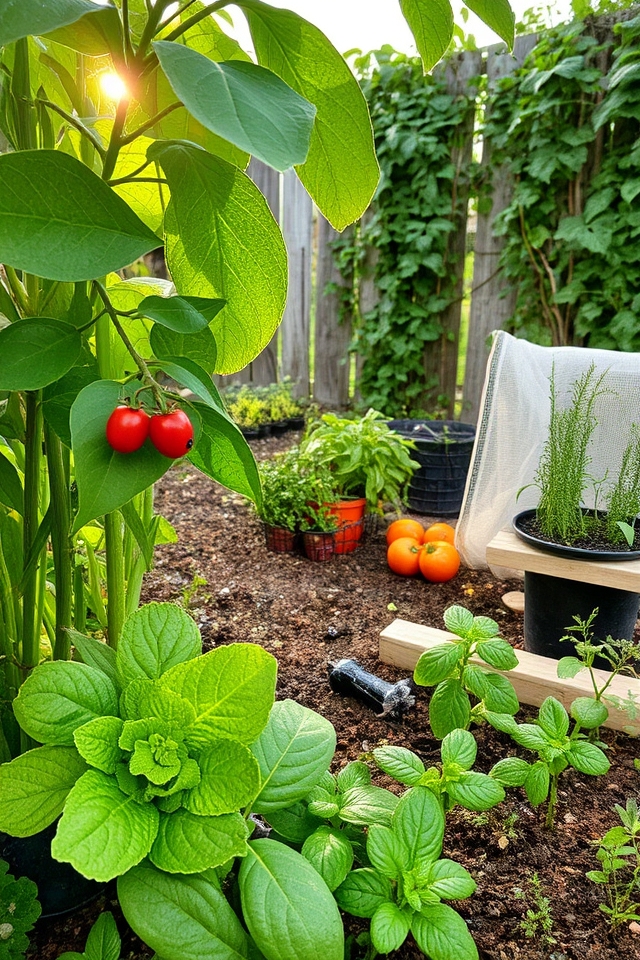
Using natural pest control methods in organic gardening can greatly enhance plant health without introducing harmful chemicals into your environment. Techniques such as introducing beneficial insects like ladybugs or lacewings, using neem oil, or planting pest-repelling herbs can effectively manage infestations. Additionally, employing physical barriers like row covers and regular monitoring of your garden can prevent pests from becoming a problem. These eco-friendly strategies promote a balanced ecosystem, ensuring your garden thrives sustainably.
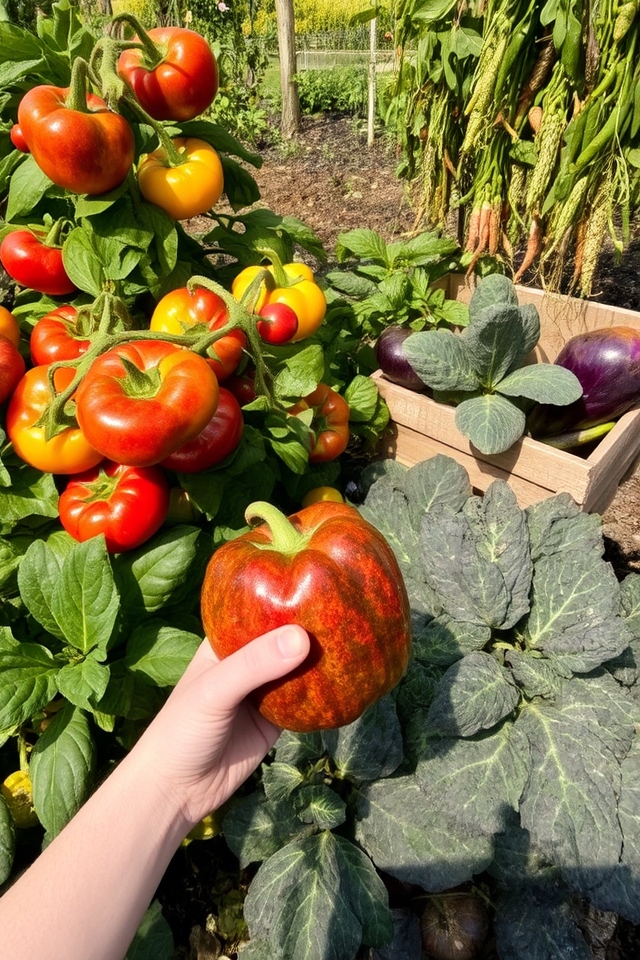
Planting heirloom varieties in your organic garden can enrich your growing experience while preserving biodiversity. These open-pollinated seeds have been passed down through generations, offering unique flavors, colors, and shapes that you won’t find in hybrid varieties. By choosing heirlooms, you support genetic diversity and sustainable agriculture. Not only do they tend to be hardier and better adapted to local conditions, but they also provide a link to gardening history, making your garden truly special.
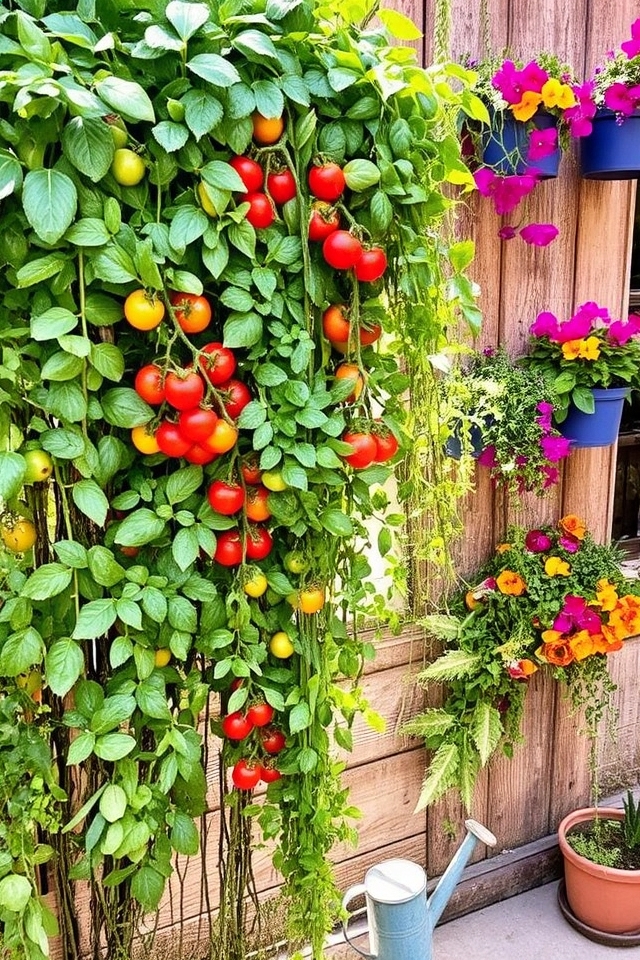
Vertical gardening is a fantastic way to maximize space while cultivating a vibrant garden. By utilizing walls, trellises, or hanging systems, you can grow a variety of plants, including herbs, vegetables, and flowers, even in small areas. This method not only enhances aesthetic appeal but also improves air circulation and sunlight exposure for your plants. Additionally, vertical gardening can help prevent pests and diseases, making it an eco-friendly and efficient solution for organic gardening enthusiasts.
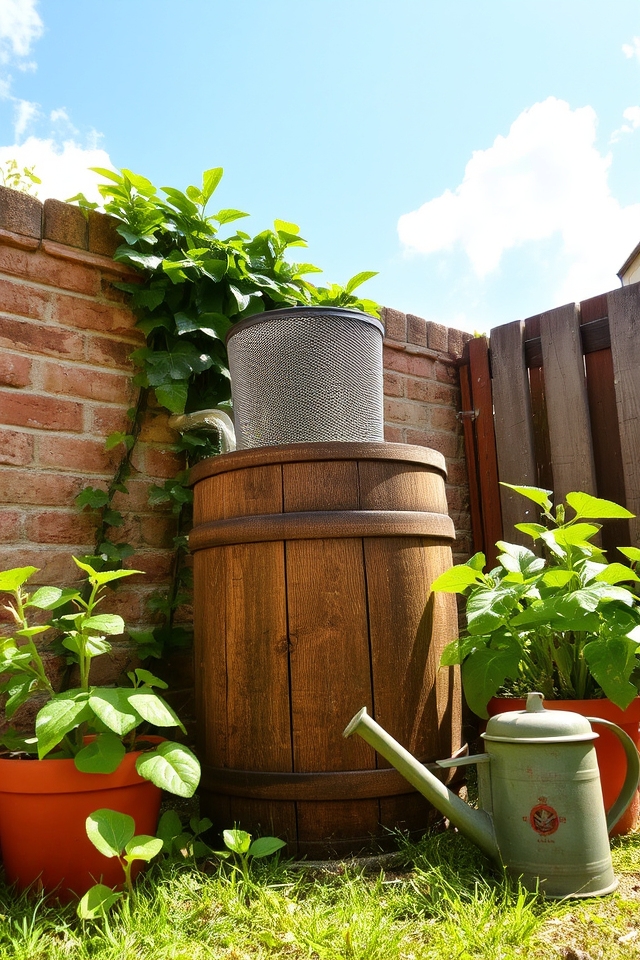
Setting up a rainwater harvesting system is an eco-friendly way to collect and utilize natural water for your garden. Begin by installing a rain barrel beneath your downspout to capture runoff from your roof. Make certain the barrel has a filtration screen to keep debris out. This collected rainwater can then be used for watering plants, reducing dependence on municipal water sources and saving on water bills. Plus, it’s an excellent way to promote sustainability in your gardening practices.
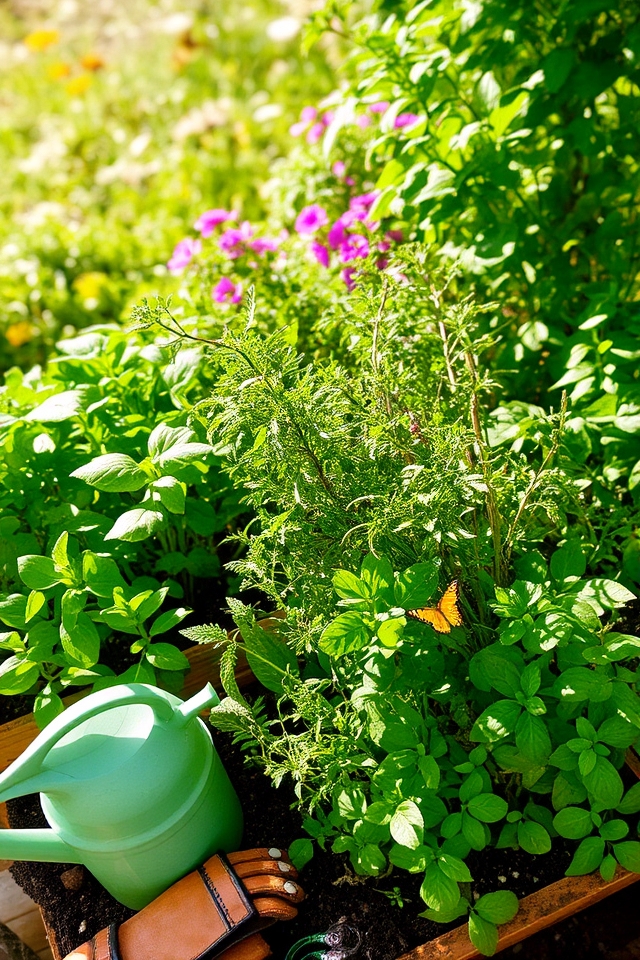
Creating a dedicated herb garden is a rewarding way to enhance your culinary adventures while promoting organic gardening practices. Choose a sunny spot in your yard or even a container on your balcony to cultivate a variety of herbs like basil, rosemary, thyme, and parsley. These aromatic plants not only elevate the flavors of your dishes but also attract beneficial insects to your garden, helping to create a balanced ecosystem. Plus, the fresh herbs provide a beautiful, fragrant space to enjoy.
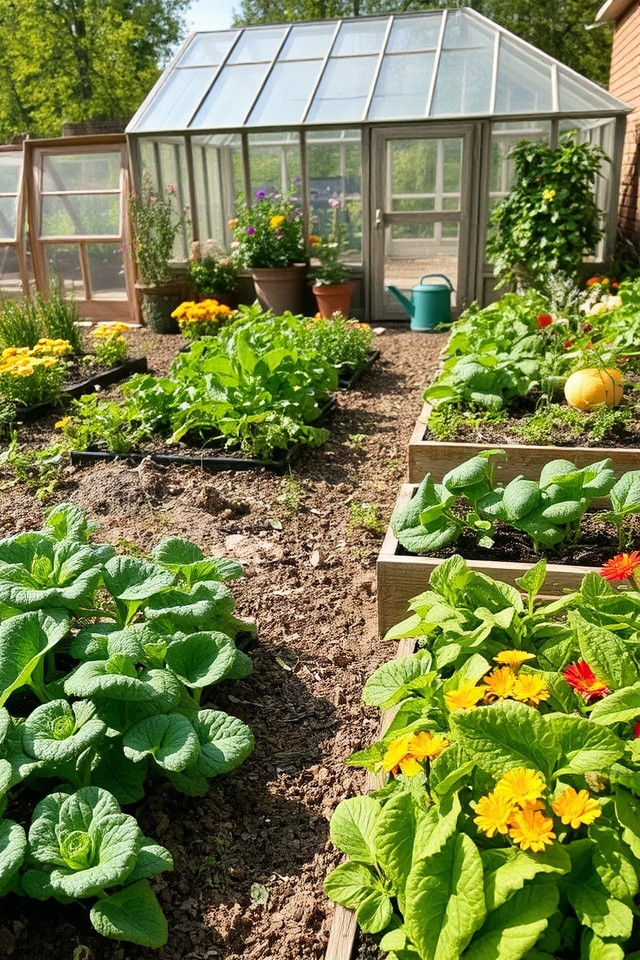
Planning for year-round gardening involves understanding seasonal cycles and selecting the right plants to thrive throughout the year. Start by choosing a mix of perennials, annuals, and vegetables suited for your climate zone. Incorporate techniques like crop rotation, companion planting, and utilizing cold frames or greenhouses to extend your growing season. Additionally, consider planting cover crops in the off-season to enrich the soil. With thoughtful planning, you can enjoy fresh produce and vibrant blooms all year long.
By embracing these 17 organic gardening ideas, you can transform your home garden into a vibrant oasis. You might think it sounds overwhelming, but starting small with just a few strategies can lead to a thriving space. With healthy soil and thoughtful planning, you’ll not only boost biodiversity but also enjoy the many benefits of fresh produce and beautiful native plants. Immerse yourself—your garden awaits, and the rewards far outweigh any initial challenges!

Don't let aphids, slugs, and caterpillars ruin another plant. Take back control with simple, natural methods that actually work.